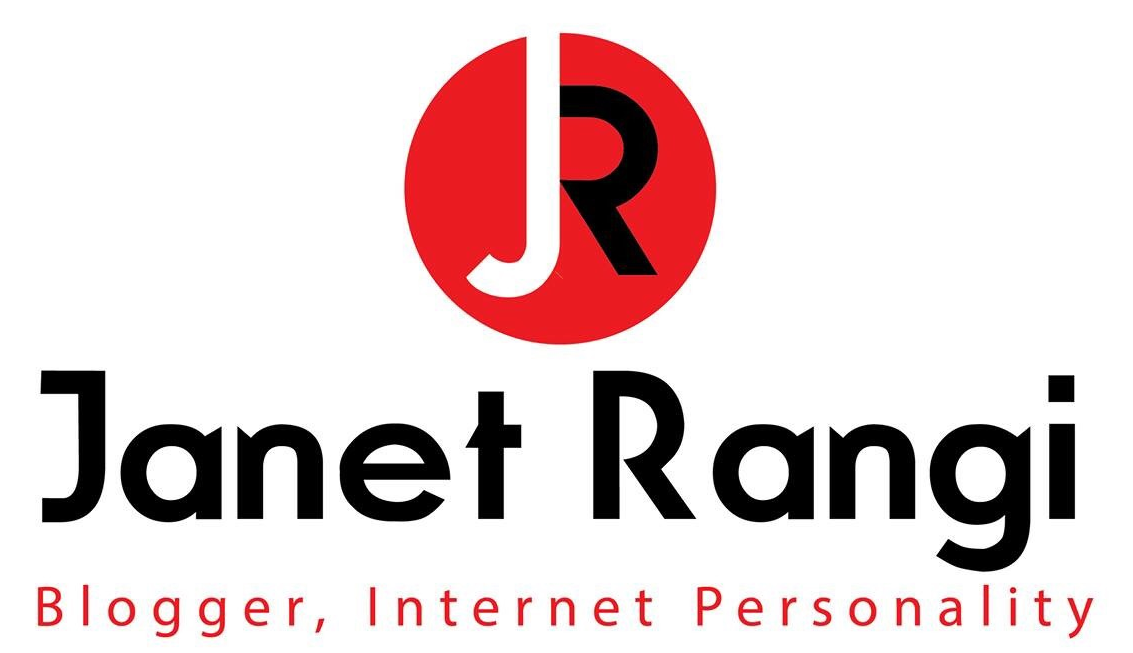After the Green Card: Immigrant Assistance Programs
In 1990 a young girl about three or four years old walked and walked across the dry land of southern Somalia with her family, fleeing a raging conflict that had ravaged her country for almost three years. Their target was the Kenyan border. Her mother, two years before, had given birth to the girl’s brother alone, surrounded by gunshots and screaming and death. There was no one let alone a mid wife to help her; everyone was hiding. The mother delivered her son herself, hidden, not letting herself make any noise. After their trek to Kenya, the family lived in a refugee camp and was immersed in the rigors of trying to rebuild their shattered lives. They spent their time doing the same tasks, day in and day out, a life of monotony but one that they grew accustomed to. Eventually, they were chosen to come to the United States as refugees. The little girl is now a grown woman with children of her own and a husband who was a refugee from the Democratic Republic of Congo. They now live in Boston and have devoted much of their lives to helping new immigrants and refugees settle in to their new lives.
This is a familiar story of many an immigrant in the United States, the scarring that comes in this kind of situation that some of the immigrants make adjusting to life in the United States sometimes really difficult.
Immigrants are a large and diverse group in the United States and they make up up to 12% and and represent a tremendous diversity of culture, language, life experience , religion and socioeconomic status. The challenges faced by this group are huge: Not only must they adjust to a new culture and language as well as overcome discrimination here, many come to the United States after having experienced multiple traumas, such as war and other forms of violence in their countries of origin.
Integrating immigrants into their new culture is not an easy task. It requires a period of adjustment by the natives and the immigrants. It further requires an understanding of the dynamics of cultural integration as well as the internal and external changes that occur during various stages of cultural integration.
What happens after the immigrants arrive has been a major sticking point among many citizens. Some contend that charitable and non-governmental organizations should do more to help new arrivals, while others believe institutions are already doing too much. We must find compromise and be willing to adjust as the situation demands. Some believe that the new arrivals should not have everything handed to them, nor should they be expected to fend for themselves with no assistance at all. In order to help their transition into what is often a fundamental contrast to the community they left behind, there should be a mixture of institutions assisting the immigrants’ integration into their new communities, as well as the newcomers creating their own opportunities in their adopted country. What organizations and institutions should do is to help people help themselves.
Some immediate challenges new immigrants face include finding housing and transportation, figuring out how to enroll children in school, and how to find any needed social services or health care. Finding employment or even negotiating transportation to a new job or a new grocery market with strange new foods can be a daunting and time consuming task.
The U.S. Citizenship and Immigration Services Office , which is part of the Department of Homeland Security, has published Welcome to the United States: A Guide for New Immigrants in 14 languages (English, Arabic, Chinese, French, Haitian Creole, Korean, Polish, Portuguese, Russian, Somali, Spanish, Tagalog, Urdu and Vietnamese).
The guide is free of charge and it gives information on employment, health care, learning English, and finding housing. It explains information others may take for granted, like the concept of a landlord and what to expect when trying to rent an apartment. The guide also outlines the rights one has as a permanent or conditional resident and lists further information on finding free legal assistance on immigration issues. For those who are permanent legal residents, the document outlines how to keep one’s permanent status and how to apply for citizenship.
Some new immigrants need more immediate personal assistance, especially if they have been through traumatic experiences like the lady in the introductory part of our article.
There are a number of organizations that help immigrants adjust and integrate themselves into the American way of life.
Today we begin a series that will look into a number of organizations that will help new immigrants settle in and become productive members of the American society.
Catholic Charities USA
The Catholic Charities has been providing assistance to immigrants and refugees for more than 100 years. Through their agencies they help new immigrants adjust to life in the United States by offering a wide range of social and legal services that help them get established in the community. The services include housing and financial assistance, employment and training, language classes, adjustment of status, counseling, and other support. They advocate for just and compassionate migration and refugee policies that respect the life and dignity of every immigrant.
The Catholic heritage includes a scriptural call to provide hospitality to newcomers as if welcoming Christ Himself. The Catholic Church, finds its identity and roots in various immigrant communities. Thus they affirm the inherent dignity bestowed by God on every human person, including immigrants and refugees, no matter the circumstances that compel a person to begin a new life in the United States.
For more information follow the links below
https://www.catholiccharitiesusa.org/
https://www.uscis.gov/tools/settling-us

Leave a Reply